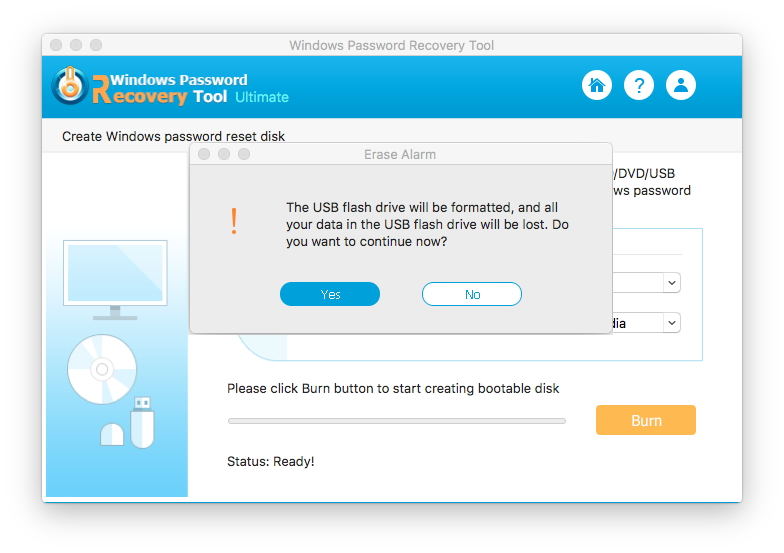

- #Format windos usb for mac for mac os
- #Format windos usb for mac mac os
- #Format windos usb for mac pro
Pretty common, but completely incomprehensible to a Windows system, whether it’s a swanky Surface Pro or an old clunker tower PC.
#Format windos usb for mac mac os
I’ve highlighted the info on this particular drive: Mac OS Extended (Journaled). Let’s check it out!įirst off, plug in your flash drive and use Get Info to see what kind of file format it has: There’s another variation on the theme, ExFAT, that offers massive, thousands of terabytes, max file size.įortunately, the Mac Disk Utility program supports ExFAT along with FAT32 so you’re going to be in great shape. Still not that huge for modern systems and I have video files I share with clients that are considerably larger than FAT32 max file size. So almost all FAT file systems are really FAT32, which bumps the max file size up to 4GB. Problem is, FAT has a hard limit on file sizes because of how it was designed: If you have a file bigger than 32MB you’re out of luck. The most common is “FAT” (which stands for File Allocation Table, not a judgment on the user’s weight!). Not only can the Mac work with PC drives, though, it can format any drive or storage device to be Windows native too.īut there are additional wrinkles and nuances because Windows computers work with a variety of file system formats too. In fact, when you plug that USB flash drive into your Mac system, it’s quite likely it’s formatted for Windows and you aren’t even aware that the OS is translating file formats invisibly. Once OS X Fuse and NTFS-3G are installed, your Mac should be able to read and write to NTFS disks just fine.While Windows computers tend to turn a cold shoulder to the Mac community, Apple has always ensured that interoperability between Mac and Windows is a breeze.
#Format windos usb for mac for mac os
Follow the instructions to download NTFS-3G for Mac OS X, whose development seems stopped right now but still works in Yosemite.

Follow the directions on the OS X Fuse website to download and configure the software. NativeNTFS isn't for rookies: It's a bash script that needs to run from the Terminal command line and requires you to have root (administrator) access to your computer.Īn easier way to go is to download OS X Fuse, a third-party software tool that extends the Mac's file system capabilities.

If you're a DIYer and you'd like to go the free route, you'll find a Sourceforge project called NativeNTFS-OSX that gets the job done. It includes several additional utilities for people who need to tinker or repair, to enable you to format drives with NTFS, check NTFS partition integrity, fix errors, and more. Paragon Software's NTFS for Mac 12 is another excellent choice. NTFS for Mac costs $31, and you can download a demo first to see how it does. It uses smart caching to keep data transfer as fast as possible and works with every OS X version since 10.4 (Tiger). Tuxera's NTFS for Mac is one of the best ways to do it. Whatever the case, the good news is that it's not a show-stopper: There are a few utilities out there that will enable Macs to write to mounted NTFS volumes. Maybe the drive you're using has to be used with a PC occasionally. Obviously that solution doesn't work for everyone. VPN Deals: Lifetime license for $16, monthly plans at $1 & more


 0 kommentar(er)
0 kommentar(er)
